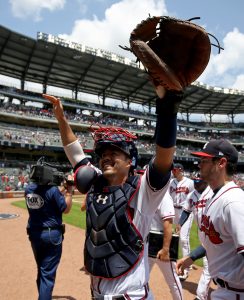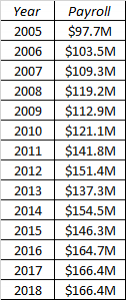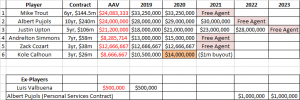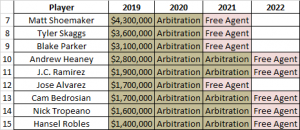The Cardinals announced a series of roster moves in advance of tonight’s deadline to set 40-man rosters before next month’s Rule 5 Draft. Lefty Genesis Cabrera, right-hander Ryan Helsley, outfielder Lane Thomas and infielder Ramon Urias have all had their contracts selected and been added to the 40-man roster. In order to clear the two spots necessary to accommodate that quartet, the Cards designated right-handers Conner Greene and Derian Gonzalez for assignment.
Greene, 23, was acquired alongside Dominic Leone in last offseason’s Randal Grichuk trade. The former seventh-round pick’s longstanding control issues didn’t improve in his lone season with the Cards, as Greene walked 63 batters in 88 innings between Double-A and Triple-A. As for the 23-year-old Gonzalez, he pitched to a 3.51 ERA with 8.6 K/9 and 4.1 BB.9 across three levels in 33 1/3 innings during an injury-shortened 2018 season.
The 22-year-old Cabrera was one of the key pieces acquired in the summer trade sending Tommy Pham to the Rays and was a lock to be added to the roster today, though he could still be a year away from contributing in the big leagues.. Helsley, 24, is a former fifth-round pick who’s posted impressive strikeout totals in the upper minors and likely isn’t far from a look in the Majors. Thomas, too, is an upper-minors piece who could emerge as an option in the relatively near future after hitting .264/.333/.489 between Double-A and Triple-A this past season. Urias, 24, hit .300/.356/.516 in 90 games between Double-A and Triple-A this past season.




